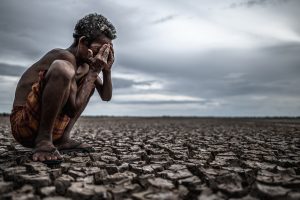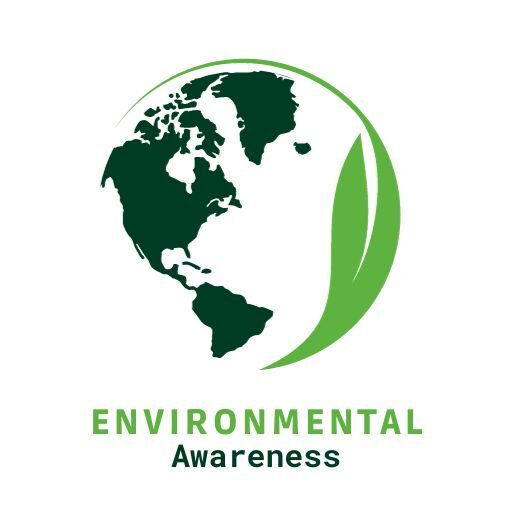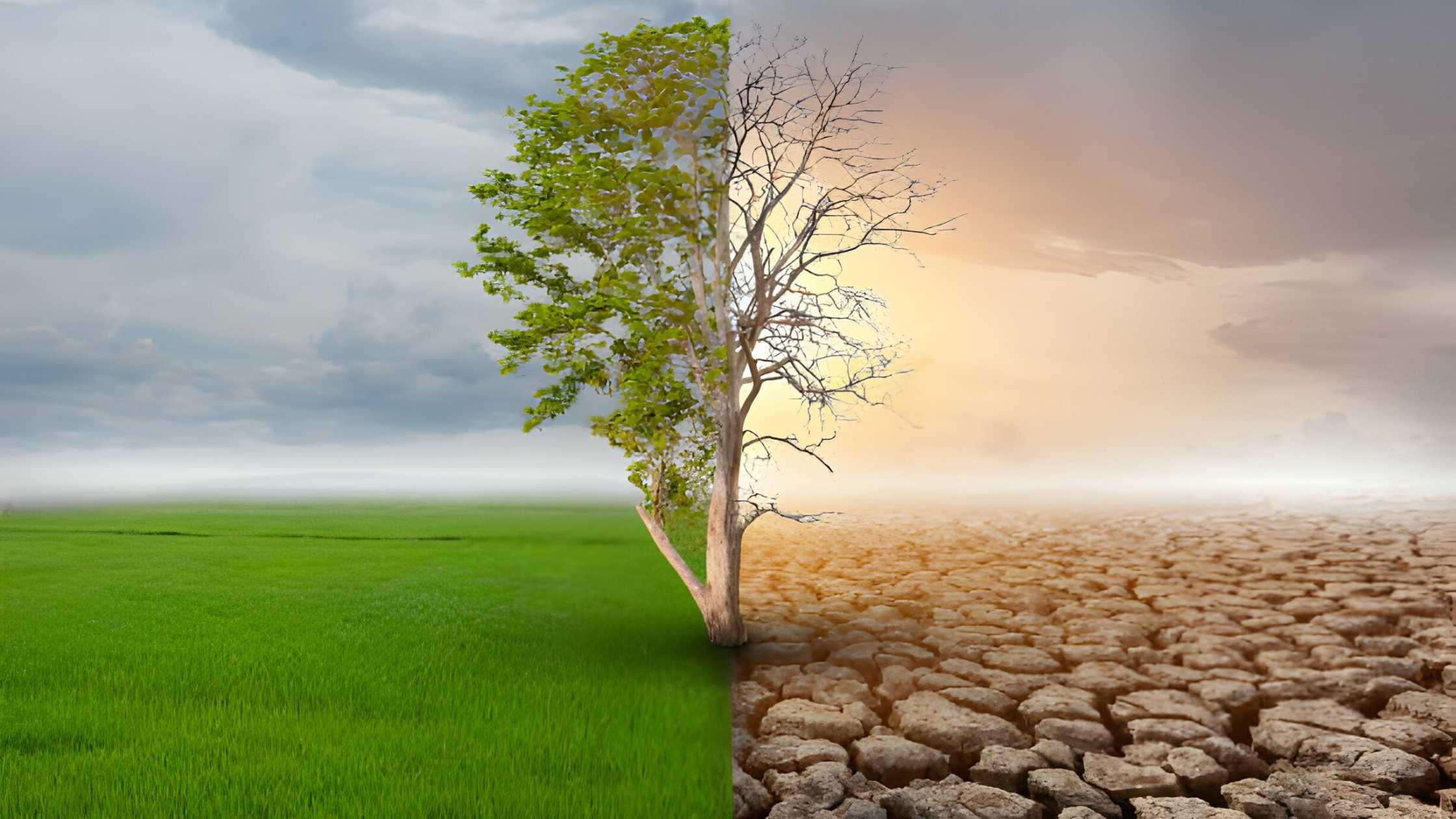
Climate Change and Extreme Weather: Navigating the New Normal
Extreme weather events have become more frequent and intense globally in recent years, which is concerning. Every year, there is a greater and greater awareness of the effects of climate change, from catastrophic hurricanes and wildfires to heatwaves and floods that break records. These occurrences not only immediately endanger human life and property but also have far-reaching effects on global economies, ecosystems, and communities. We examine the complex interrelationships between climate change and extreme weather in this blog, as well as its causes, effects, and adaptation tactics in this new era of environmental uncertainty.
Understanding the Link Between Climate Change and Extreme Weather
The Earth’s climate system is changing at a rate never seen before due to human activity, namely the combustion of fossil fuels and deforestation. Global warming is caused by the increase in greenhouse gas emissions, especially carbon dioxide, which traps heat in the atmosphere. Extreme weather occurrences occur more frequently as a result of this warming trend’s disruption of weather patterns.
The increase in global temperatures is one of the effects of climate change that has been most thoroughly studied. Rising temperatures cause the atmosphere to retain more moisture, which intensifies storms’ downpours and raises the danger of floods. The melting of polar ice caps and glaciers, which raises sea levels and increases the frequency of coastal inundation occurrences, is another effect of warmer temperatures.
Furthermore, heatwave length and intensity can be increased by climate change, which raises the risk of heat-related illnesses and mortality, particularly for vulnerable groups like the elderly and the underprivileged. Another effect of global warming is an increase in the frequency of droughts and wildfires, which poses serious risks to biodiversity, agriculture, and water resources.
Impacts of Climate Change on Society and the Environment

Extreme weather events caused by climate change have a wide range of effects. Apart from the direct loss of life and destruction of property, these incidents have the potential to interfere with vital infrastructure including energy systems, communication networks, and transportation networks, causing social unrest and economic instability.
Furthermore, extreme weather can have a significant impact on biodiversity and ecosystems. Hurricanes and cyclones, for example, have the potential to destroy large areas of habitat and displace species, upsetting sensitive ecological balances. Prolonged droughts can also result in crop failures, degraded soil, and loss of biodiversity, endangering food security and means of subsistence for millions of people worldwide.
The risk of coastal erosion, saltwater intrusion into freshwater sources, and the loss of important coastal habitats like mangroves and coral reefs is increased in coastal locations due to sea level rise and more frequent storm surges. Because these ecosystems support vital functions including fisheries, carbon sequestration, and coastal protection, the loss of these ecosystems would have a greater negative impact on the environment and human population.
Adapting to the New Normal
Adaptation has become essential for communities, governments, and enterprises globally in light of the growing hazards associated with climate change. A variety of actions intended to lessen the effects of extreme weather events and increase resilience to climate change are included in adaptive strategies.
Enhancing early warning systems and catastrophe preparedness measures is a crucial component of adaptation. Communities can reduce property damage and casualties from extreme weather events by bolstering emergency response skills and investing in cutting-edge meteorological tools.
In addition, strengthening the resilience of vital infrastructure is necessary to protect against the effects of climate change. This entails strengthening drainage systems to handle greater rainfall, adapting structures to resist larger storms, and diversifying energy sources to lessen dependency on fossil fuels that are susceptible to supply interruptions.
Ecosystem-based adaptation solutions are becoming more popular as low-cost means of boosting resilience and lessening the effects of climate change, in addition to physical infrastructure. Natural habitats including wetlands, woods, and reefs may protect coastal areas from storm surges, stabilize soils, and control water flows. These ecosystems provide numerous advantages for both people and the environment.
A rising number of policymakers are realizing that in order to address the risks and vulnerabilities associated with climate change, concerted action is required. While national and local governments are putting climate resilience plans into action and incorporating climate considerations into development policies and decision-making processes, international agreements like the Paris Agreement seek to slow down global warming and support adaptation efforts.
Building a Resilient Future
Extreme weather and climate change pose previously unheard-of difficulties for humanity, putting our capacity for adaptation and survival on a planet quickly to the test. In order to increase resilience and lessen the effects of climate change, proactive steps are obviously required as the frequency and severity of extreme weather events continue to rise.
By allocating resources towards adaptation tactics that give precedence to sustainable growth, environmental preservation, and community involvement, we can more adeptly and resolutely traverse the post-climate Change world. Even though there may be many unknowns in the future, coordinated efforts at all societal levels can set the stage for a future that is more robust and sustainable for future generations.





